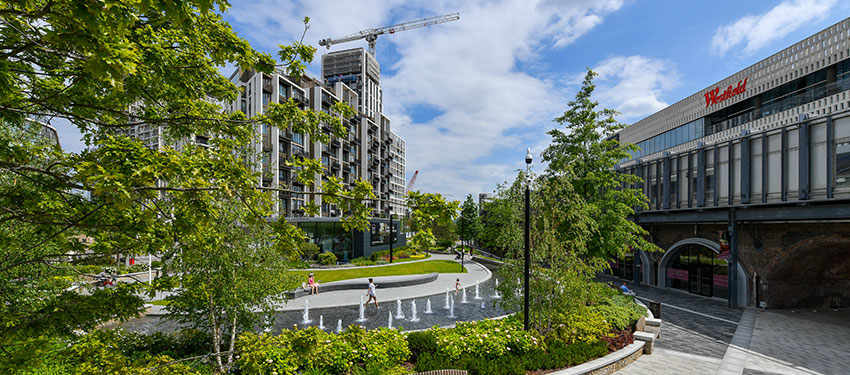In this blog, originally published in Property Week, Berkeley Group Chief Executive Rob Perrins gives his take on the Planning for the Future white paper.
Our patched-up planning system needs to be simplified. After decades of near-constant reform it is misshapen, ineffective, slow, bureaucratic, costly and unpredictable. It can frustrate sustainable development, stifle innovation and is an insurmountable barrier for would-be development entrepreneurs.
The government's planning white paper accepts all this. It brands the system a "relic" and pledges to create more certainty and speed, cut red tape and incentivise more beautiful and sustainable placemaking. It's a compelling vision.
An overhaul of the local plan-making process is a cornerstone of the proposals. On average, it takes seven years for councils to adopt a local plan and around half don't have one. The white paper aims to cut this to two and a half years and give plans more legitimacy through better community engagement.
Local plans would be streamlined and focus on designating land as "growth", "renewal" or "protected" areas. It will be difficult to apply such broad brush strokes, particularly in tight-knit town centres where heritage, commercial and derelict sites are all entwined. But clearer choices are more likely to attract meaningful engagement from local people who are excluded from the existing system through its sheer complexity.
A fast-track for projects deemed 'beautiful' is another eye-catching proposal. Detail is light so far, but we hope this will look beyond aesthetics to judge a project's sustainability and contribution to the community's quality of life. Done well, this could change behaviour for the better, but the fast-track needs to be really fast and a real incentive to do the right things.
The proposal for a consolidated infrastructure levy, applied at a flat rate on development value, would work against the government's good intentions. It would be a barrier to large-scale brownfield regeneration sites, which are hugely complex and high risk. They present unique challenges and need locally negotiated solutions, with local stakeholders and councils at the table. This is very different to building on green open space on the outskirts of town and can't be approached in the same way.
Pegging the levy to the final sales value of a development is also a potential flaw. It would be a levy on ambitious placemaking, capturing more value from sites that invest in beautiful public space and amenities. It would also be a disincentive for investing in high-quality design and reinforce the volume homebuilding approach, which looks to cut unit costs through standardisation.
The government intends to encourage brownfield development over greenfield, and beautiful development over mundane. But a uniform levy on development value could pull in the opposite direction and trigger a damaging race to the bottom.
